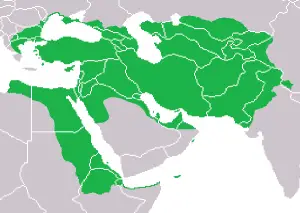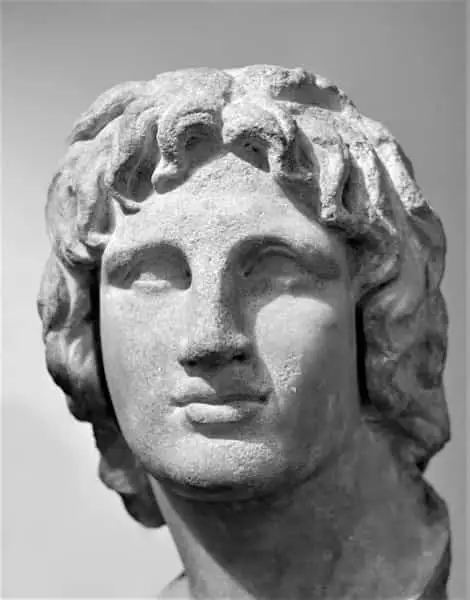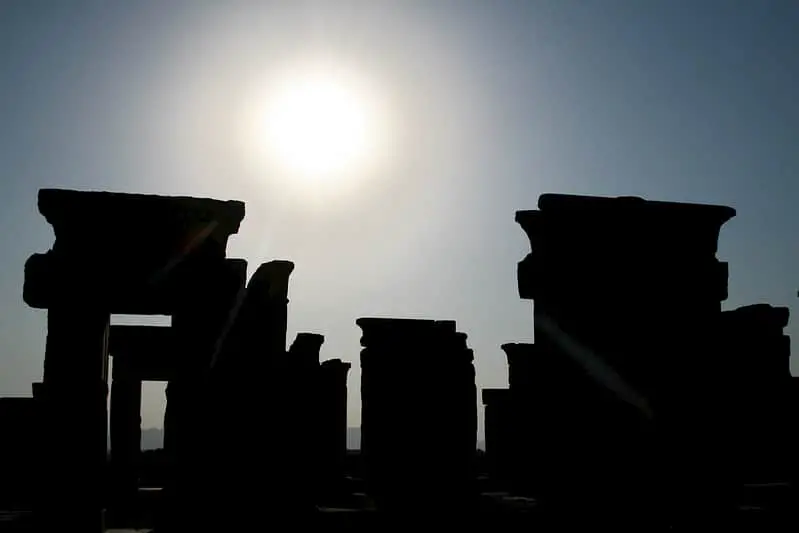Did nylon get its name from the two cities, New York and London?
The reason for the story of the two cities.
Where does the name, nylon come from? A dear friend of mine once claimed that his boat was involved in how Nylon was named after the two cities, New York and London.
He was at the time the owner of a beautiful 47 feet motor-cruiser built in the 1930s. It was an extraordinary boat, shining copper, thick oak, velvet, and silk. A piece of old-age luxury reminding him of the old days, when the world was richer and simpler… At least for the British.
Anyway, what he said was that his vessel crossed the Atlantic in the 30s. He had documentation of that. And that the owner at one time was an English scientist involved in the creation of Nylon. After a whisky or two in the deckhouse, overlooking the mouth of the river Hamble, the story got more detailed.
Nylon name New York London.
Two scientists, one of them possibly Wallace Carothers, the inventor of Nylon, spent a few weeks on the boat going from London to New York. The passage gave them lots of time to discuss the denomination of the new discovery, in which they both were deeply involved. By the time they reached the big Apple, they had agreed upon naming the new fiber NYLON, from the start and finish destinations of their trip… Or more precisely, the finish and start, New York, and London.
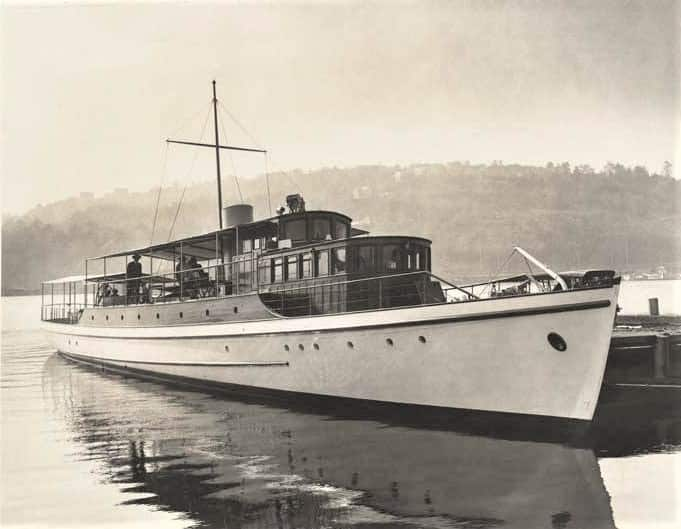 The story doesn’t really add up, though.
The story doesn’t really add up, though.
- First of all, nobody, going from England to the US with a small motor yacht, parts from London. He would part from, let’s say, Plymouth… Nyply. Maybe not a very good name for promotional purposes.
- Secondly, there is no record whatsoever of any British scientist having had anything to do with the discovery of Nylon. Although much of the scientific expertise in many fields, still was concentrated in Europe before the war, Nylon was an American product. Developed by Carothers and his colleagues under the DuPont umbrella in the US. Carothers visited Europe twice in the mid-thirties. He was at the time suffering from frequent depressions and psychological illness, and it’s highly unlikely that he would have endeavored in any adventurous expedition over the Atlantic.
Other possible explanations.
Another myth claims that the two cities’ names were merged on an airplane when two chemists thought up the word on an intercontinental flight from London to New York. Not even that is plausible.
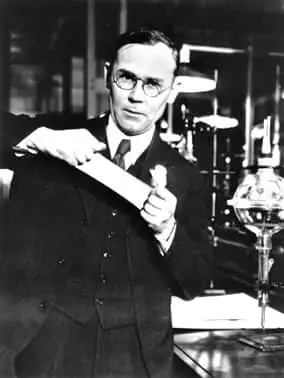
When the first ever intercontinental passenger airline started in 1939, from New York to Marseilles, Nylon was already established. The big announcement of the new fantastic material occurred on October 27, 1938. The name, Nylon, was then repeated when another promotional push was launched at the New York World’s fair in 1939.
So it’s highly unlikely that the two cities had anything to do with it. (Sorry buddy, your boat is just a boat…).
Now You’re Lost, Old Nippon – NYLON, is another suggestion. Any smooth, almost transparent fabric was, traditionally, made from silk, and more than half of all silk worldwide was produced in Japan. That particular phrase could have meant thumbing the nose at the rapidly climbing industrial power of the east.
So, where does the name nylon come from?
If it had nothing to do with either New York or London, where does the name nylon come from?

The scientific name is polyhexamethylene adipamide. But the label, Nylon, indicates not one material but a group of materials. In fact, nylon is used in a wide variety of applications. And it can be mixed with additives to achieve a vast number of different properties.
As the original name wasn’t very sexy, the marketers at DuPont were trying hard to come up with something more interesting. Carothers called his plastics Polyamide 66, or fiber 66. The two numbers have survived to modern times. The particular type of nylon that Carothers and his colleagues developed, is today referred to as Nylon 66, polyhexamethylene adipamide.
Soon after the product launch, representatives of DuPont declared that the name was random, at least more or less random. The -on at the end was just a general material kind-of ending, similar to other fibers, synthetic or non…Rayon, Cotton. The nyl didn’t really mean anything…
Later explanations.
In a publication by DuPont from 1978, a more thorough explanation is presented. According to the authors, the process of finding a name was quite complicated. A list of some 400 names was put forth, many of which were immediately thrown out. F.ex. Duparooh – DuPont Pulls A Rabbit Out Of a Hat.

In the end the list was shortened to just a few names:
- Delawear – Delaware, the state where the production facility was located, and Wear.
- Dusilk
- Rayamide
- Silkex
K. Gladding, the director of the Nylon plant suggested:
- No-Run, as in no-unravel. Stocking made of this material didn’t unravel.
The last steps.
No run was a little steep to promote. In fact, the company suffered to some degree when claiming that these stockings were Strong as steel and smooth as a spider web. They were certainly strong, much more resistant than silk, but still, they weren’t unbreakable. And many women, trusting the DuPont’s claims, treated their new stockings carelessly, causing them to – right… Unravel.

When DuPont changed the campaign strategy to focus less on technical and scientific innovation, and more on the practical aspect, comfort, and style, the sales skyrocketed. In the first year after WW2, there were riots outside the warehouses, when production couldn’t keep up with the astronomical demand. In one occasion in Pittsburg, 40.000 women queued up for hours. The 13.000 pairs available sold out in minutes, leading to fights breaking out.
In the end, No-Run was just a little too provocative. So they changed the order of the vowels, Nu-Ron… Nuron. But that sounded too much like neuron, the brain cell. An L was put in… Nulon, the U changed to I… Nilon. Lastly the I was substituted by an Y to clarify the pronunciation.
And there you have it, Nylon. From No Run, as in No Unravel.
Wallace Carothers tragically took his own life on April 28, 1937.
Conclusion
No, the name Nylon has nothing to do with New York and London. It was simply an imaginative description that was supposed to be selling. A good, catchy, word, easy to promote.
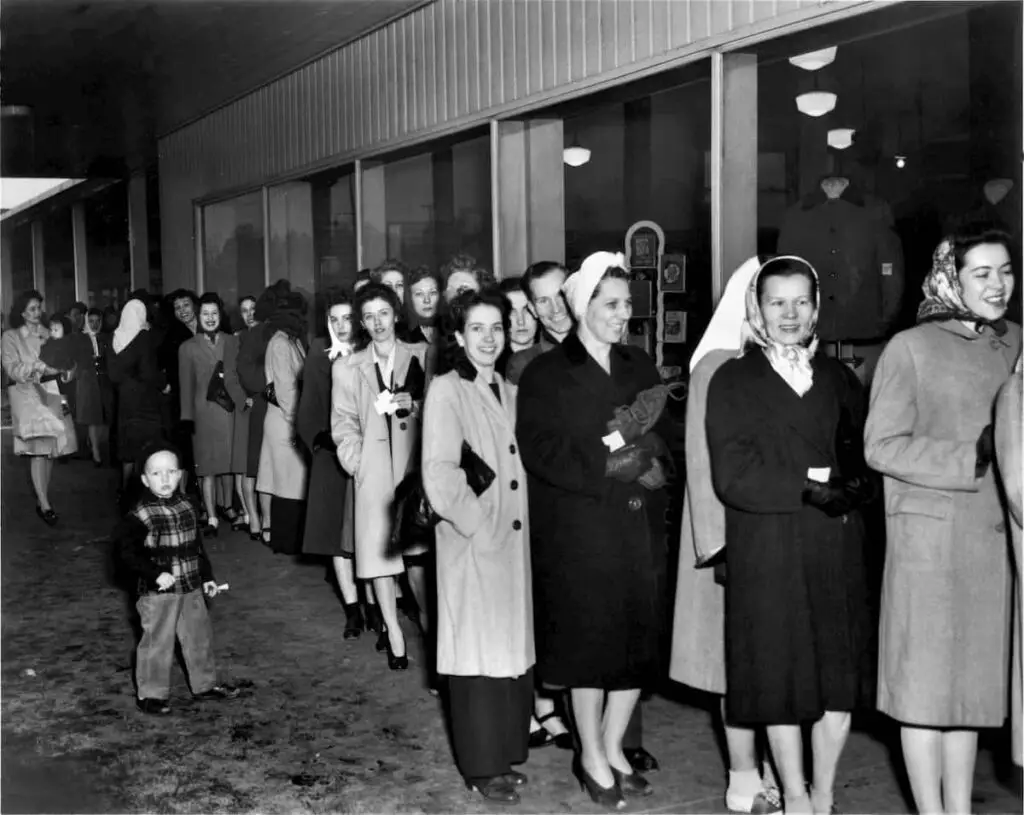
home
sources
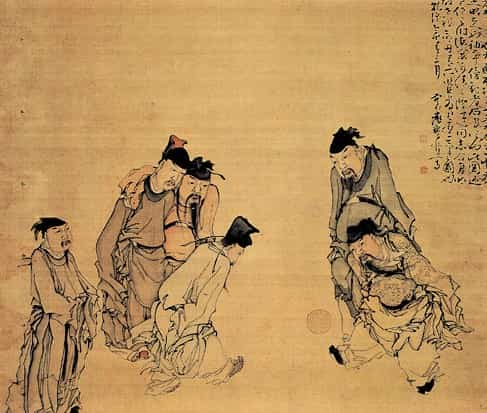

 The first football rules and the path to the modern game.
The first football rules and the path to the modern game.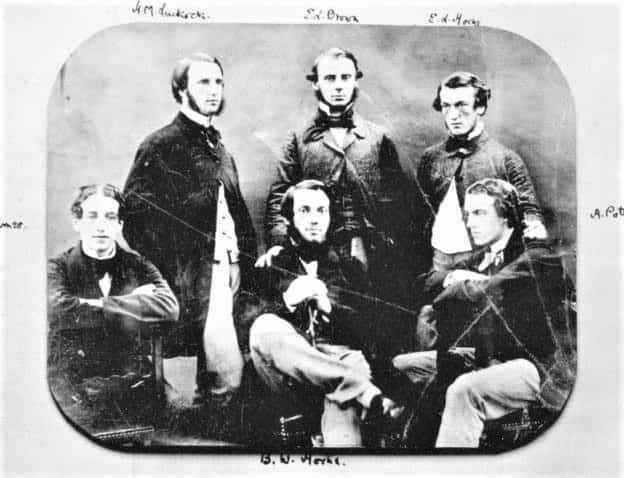
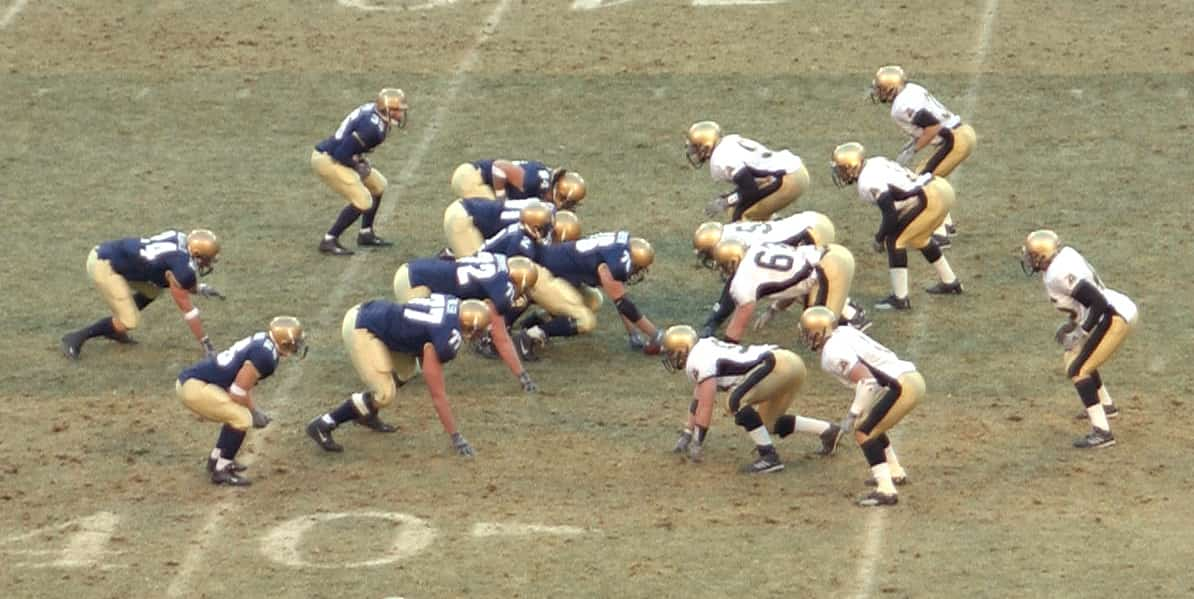 The history of American Football
The history of American Football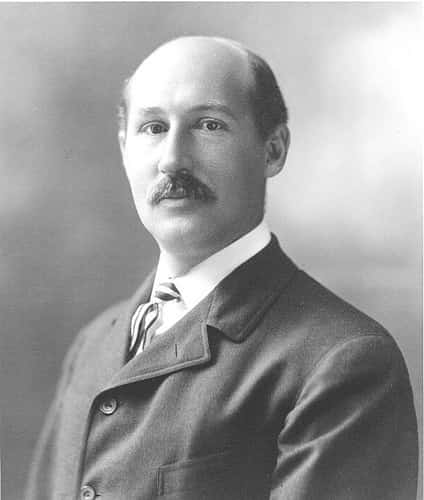
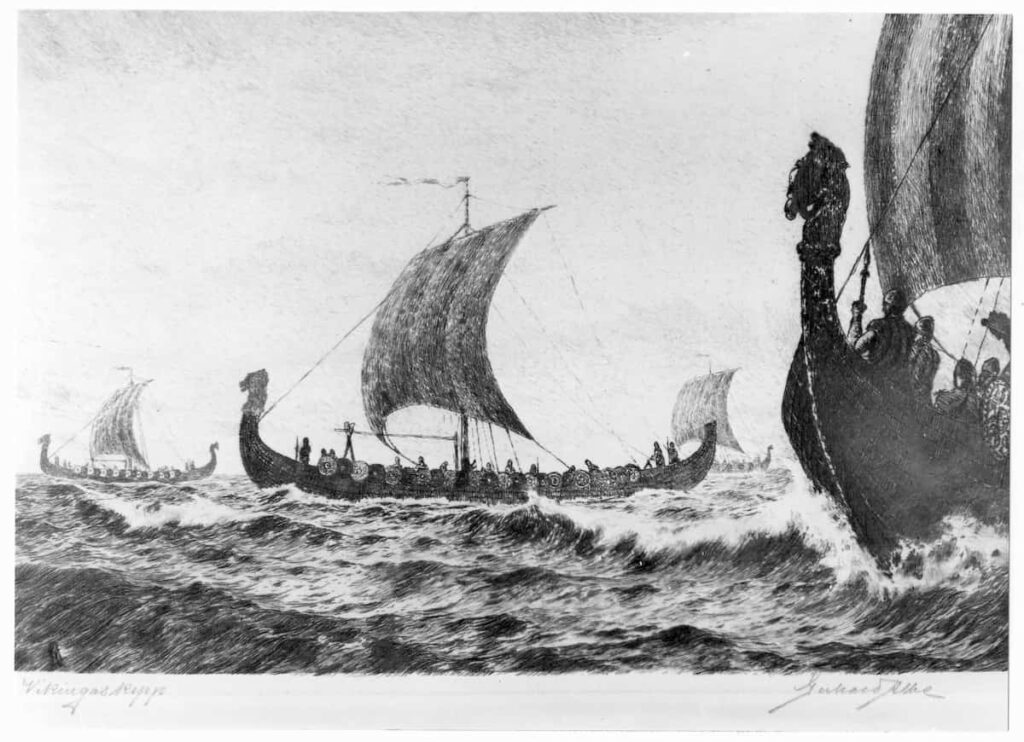
 A short synopsis.
A short synopsis.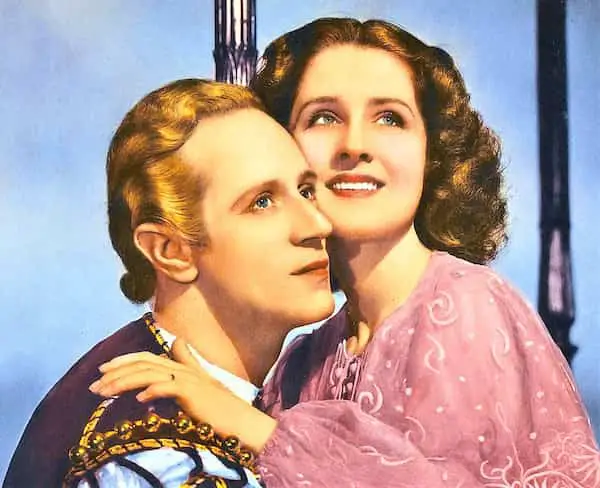
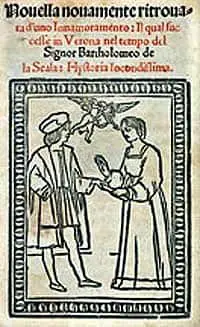
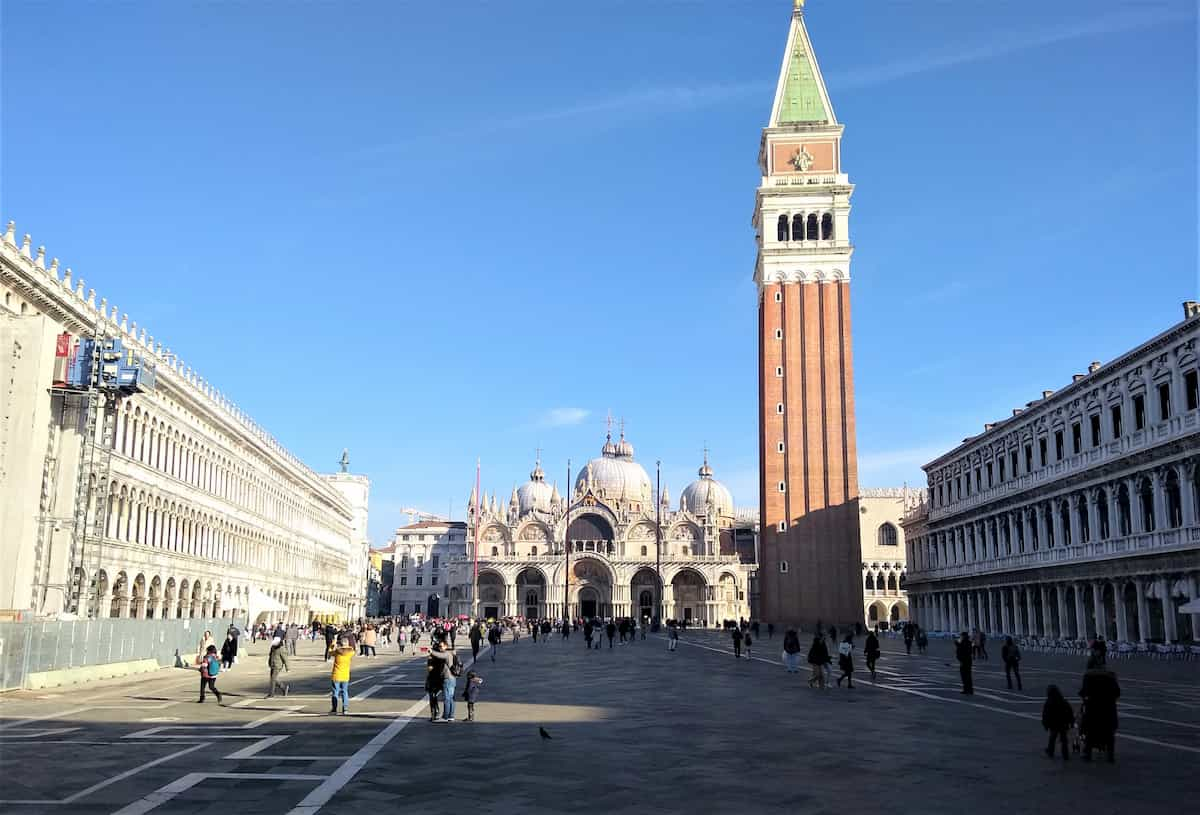 It is highly probable that Da Porto at the time of writing the book just had experienced a love affair, with his 16 years old cousin, Lucina Sarvognan in Udine, north of Venice. He is supposed to have entered a Carnival Masquerade Ball in Udine, with a false invitation. Maybe so that he could be with his love for just one evening. The novel is dedicated to her.
It is highly probable that Da Porto at the time of writing the book just had experienced a love affair, with his 16 years old cousin, Lucina Sarvognan in Udine, north of Venice. He is supposed to have entered a Carnival Masquerade Ball in Udine, with a false invitation. Maybe so that he could be with his love for just one evening. The novel is dedicated to her.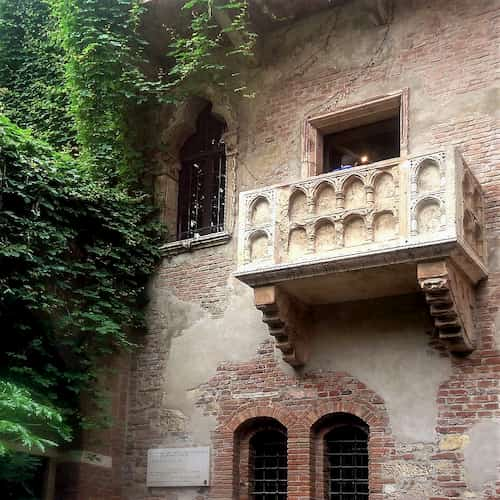
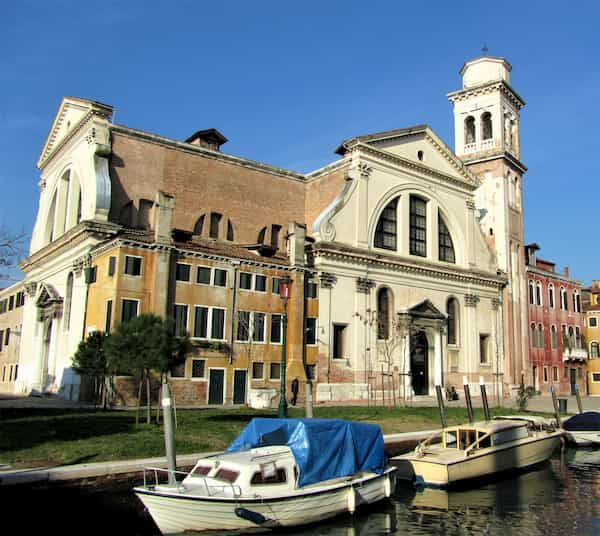
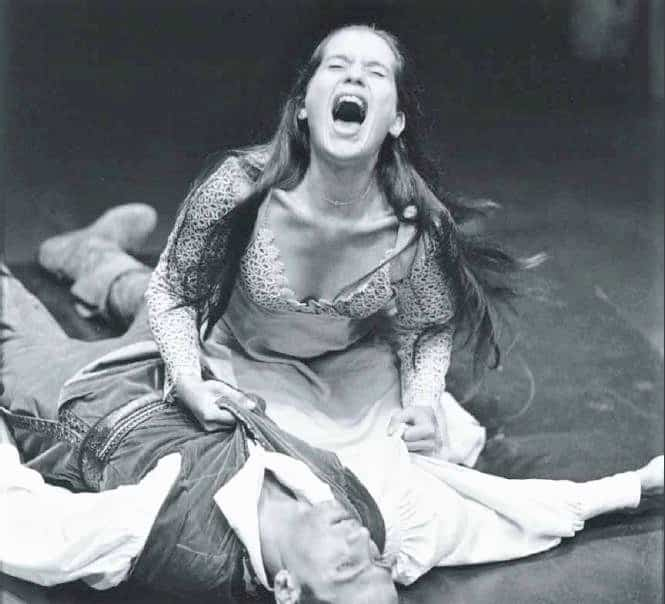
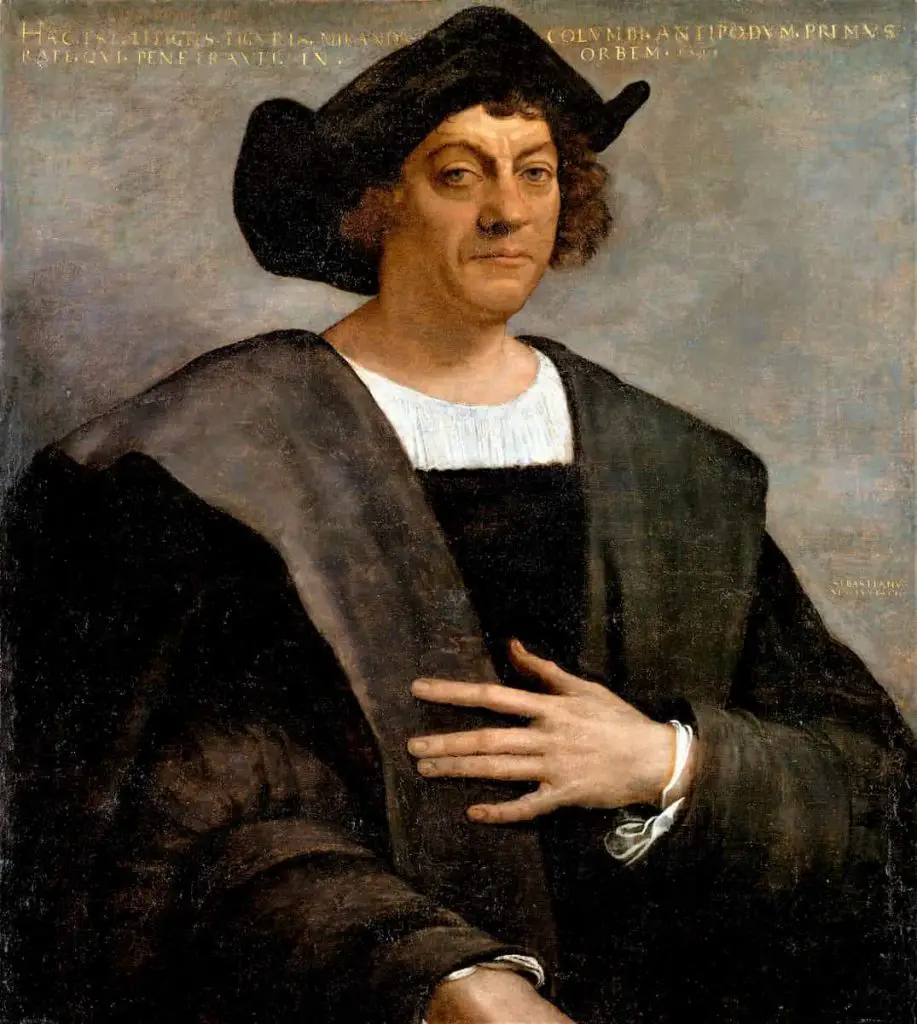
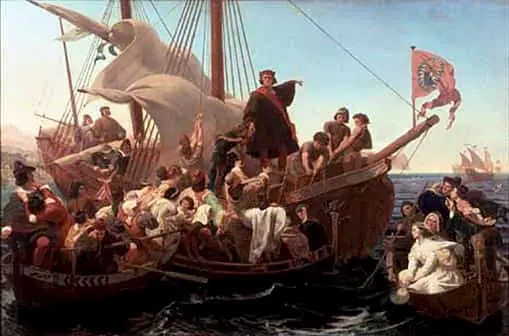 Columbus and his strange and controversial ideas.
Columbus and his strange and controversial ideas.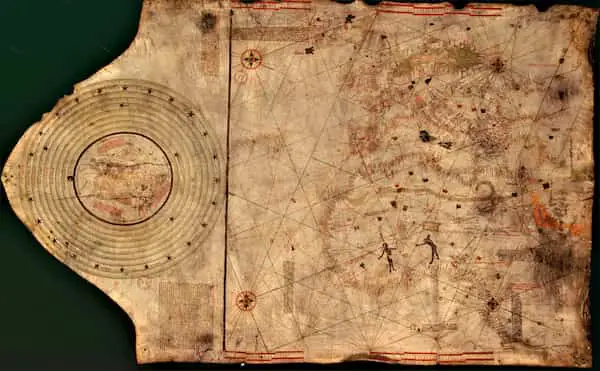
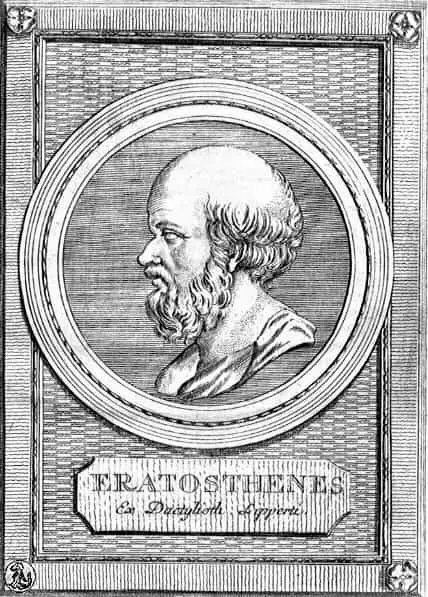
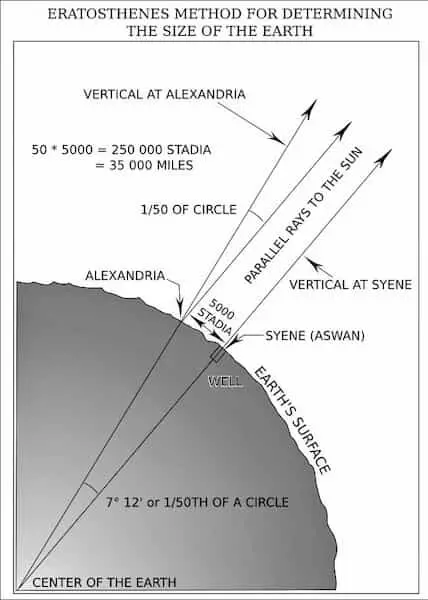

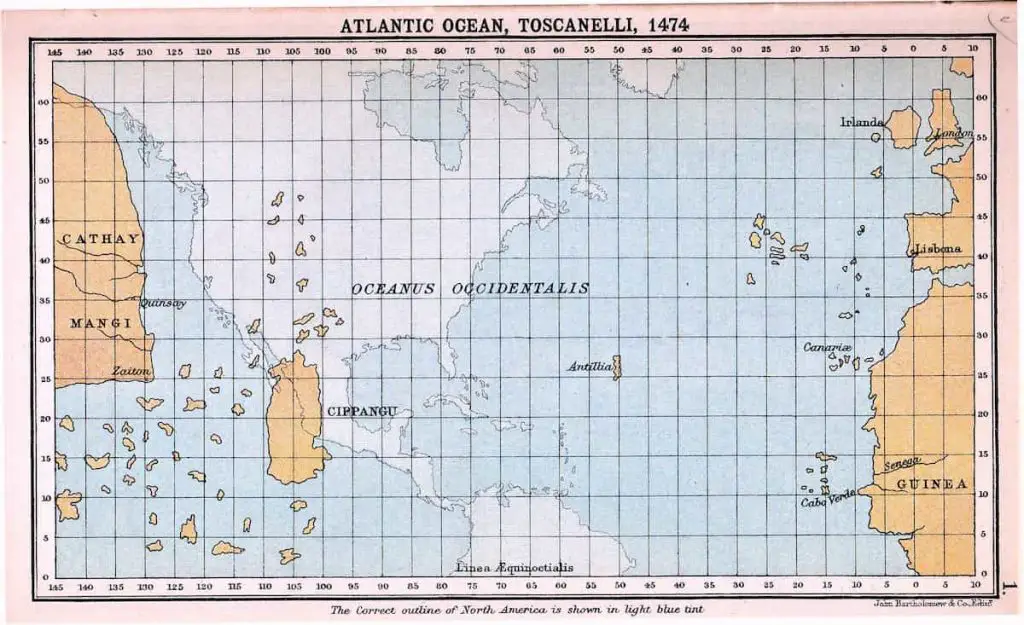

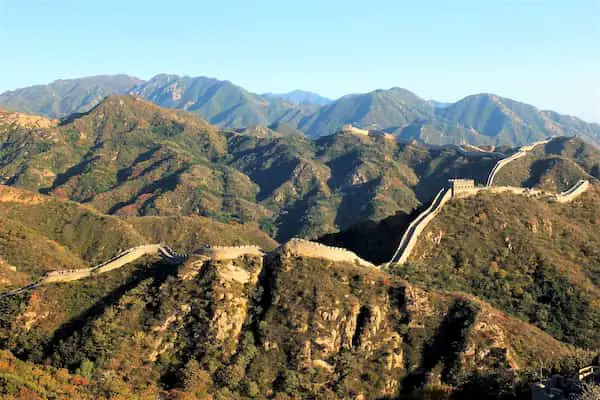
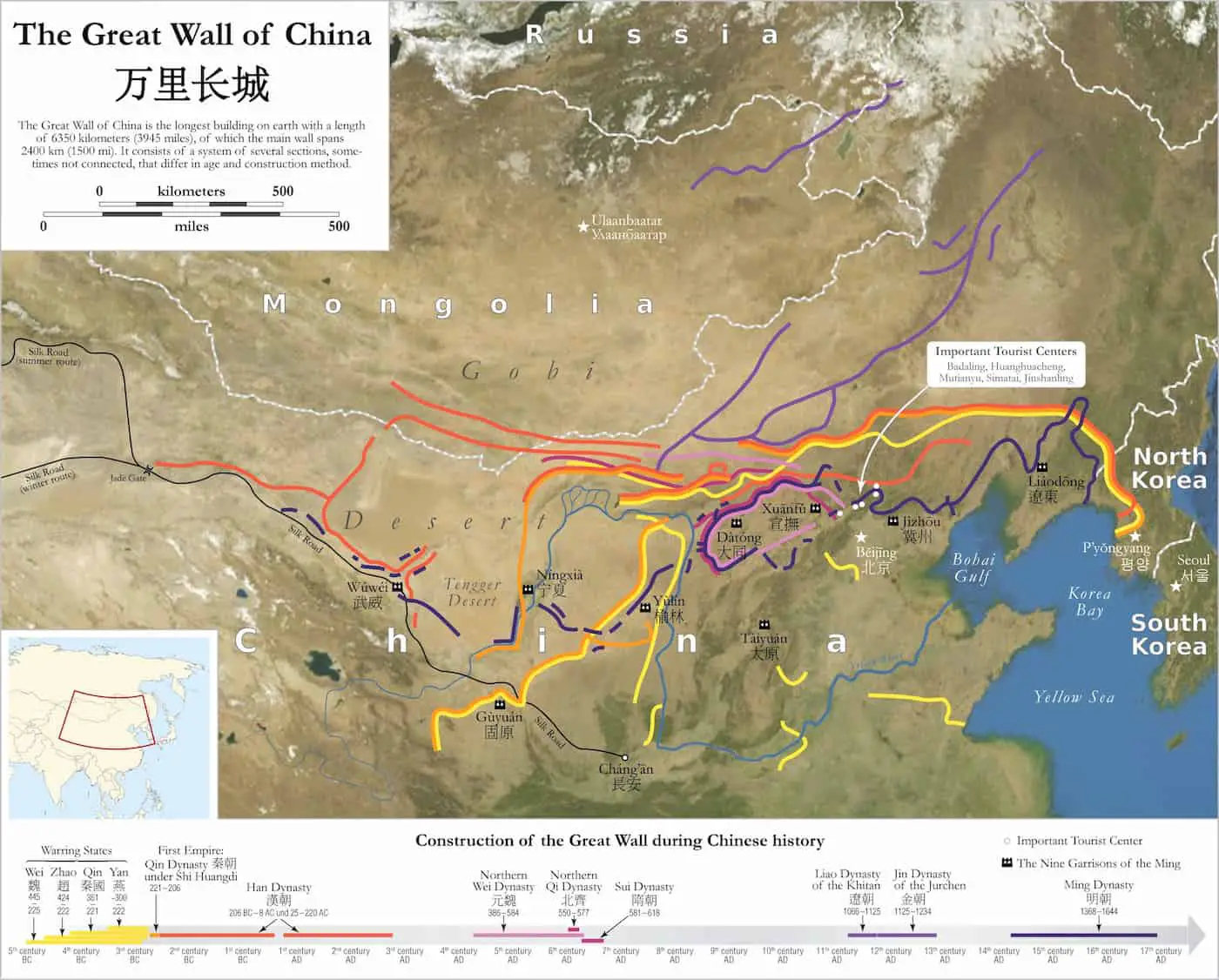

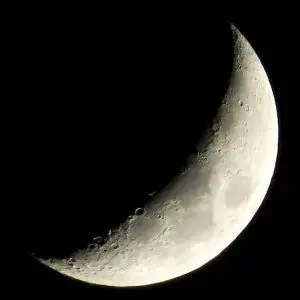
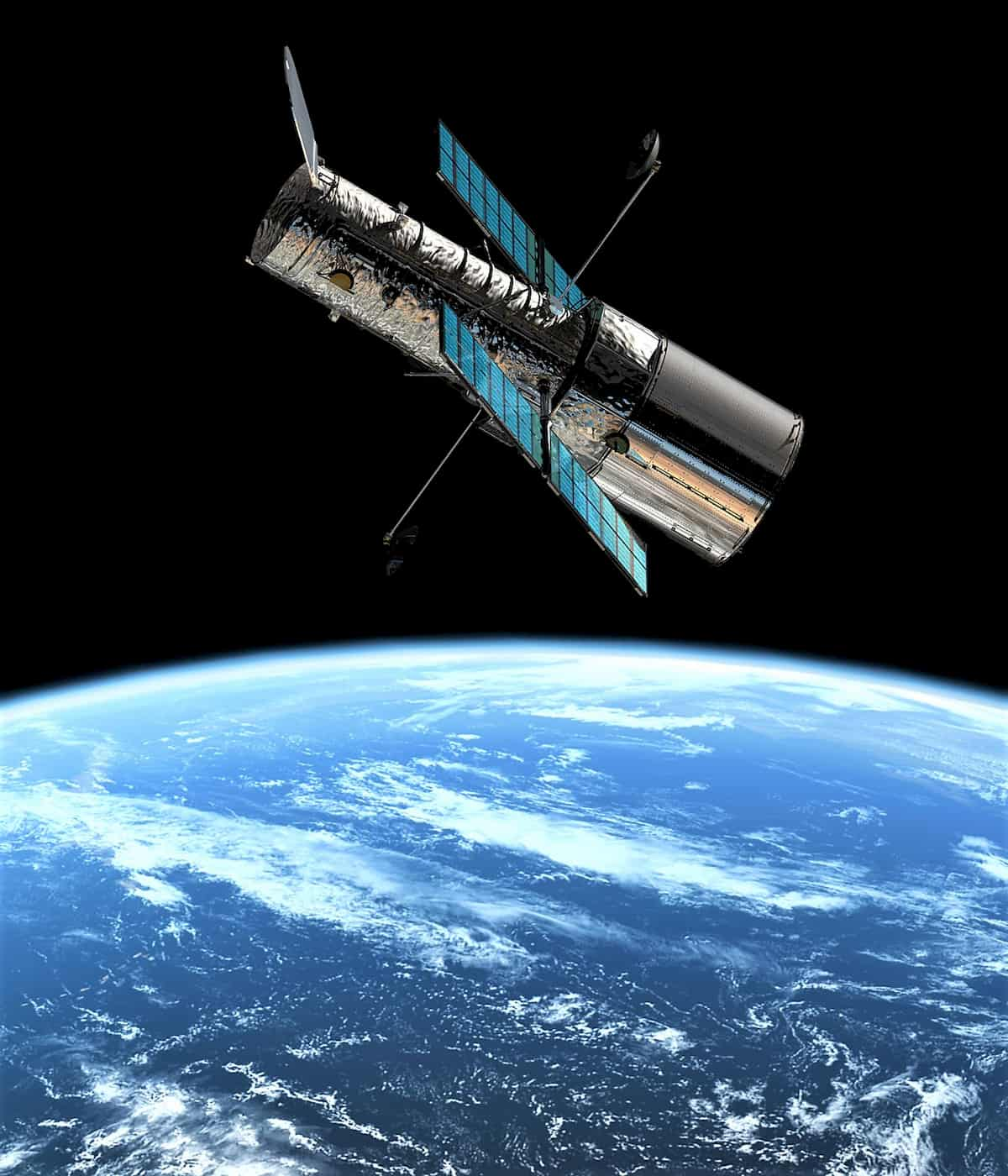



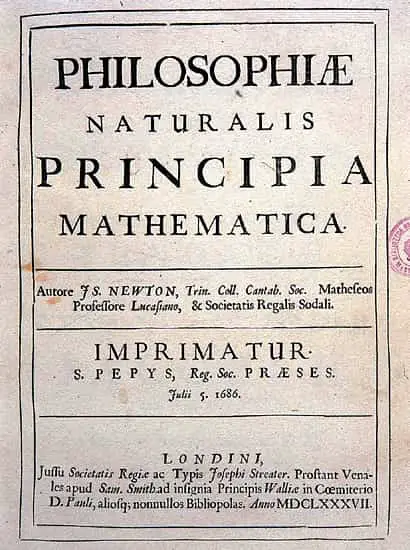

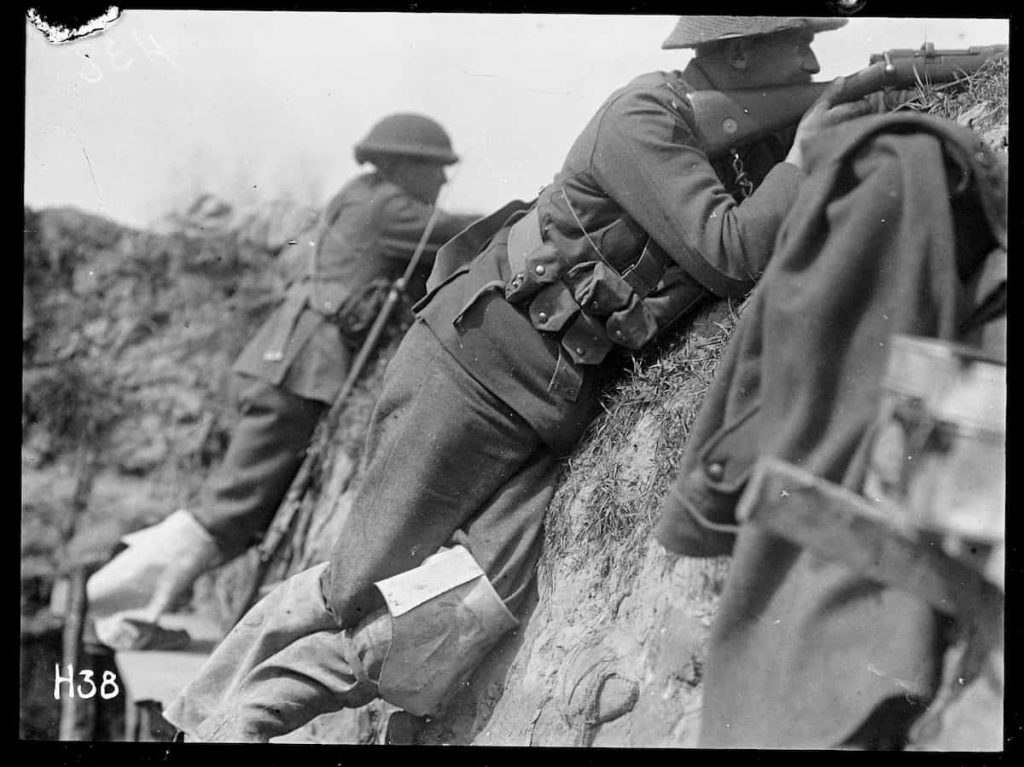
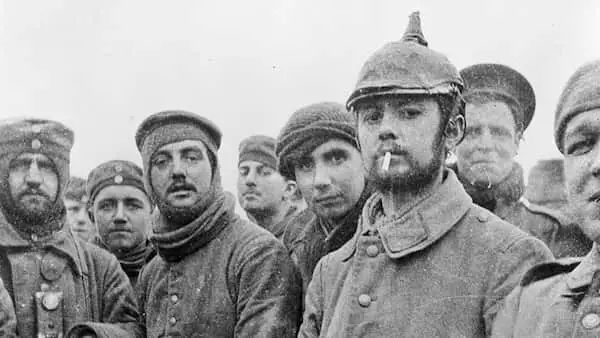
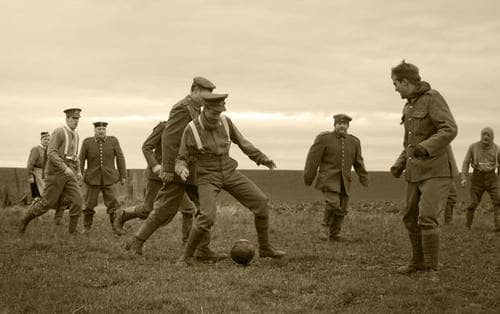


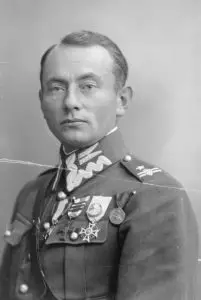
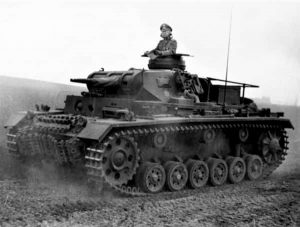
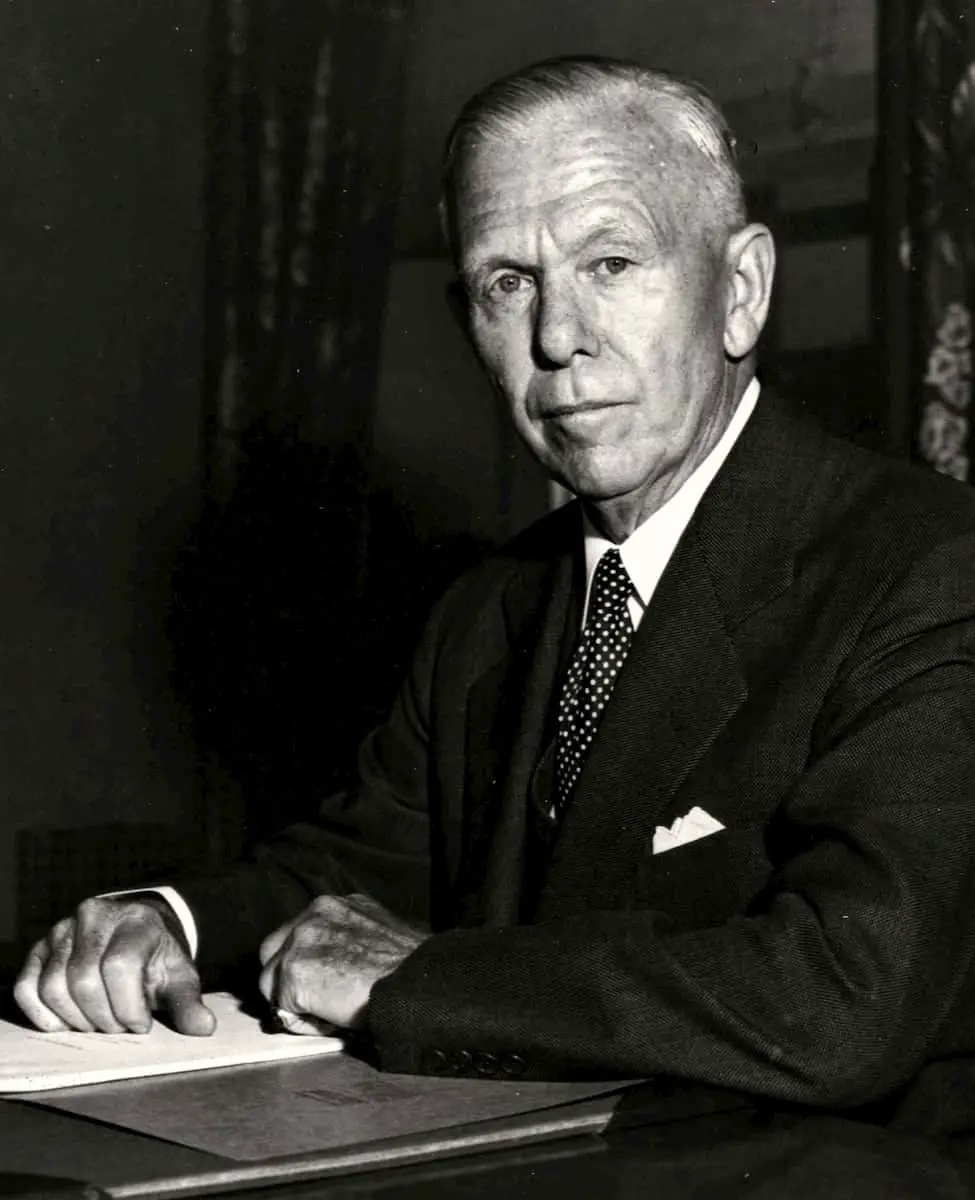
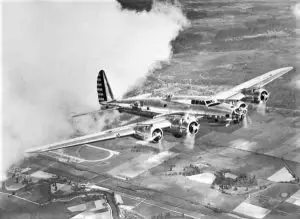
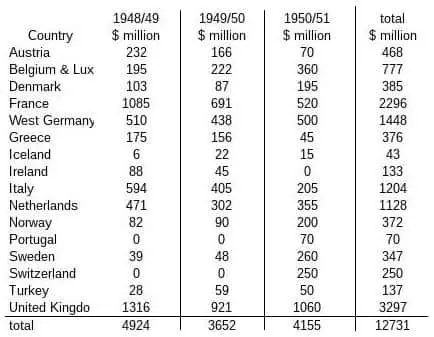

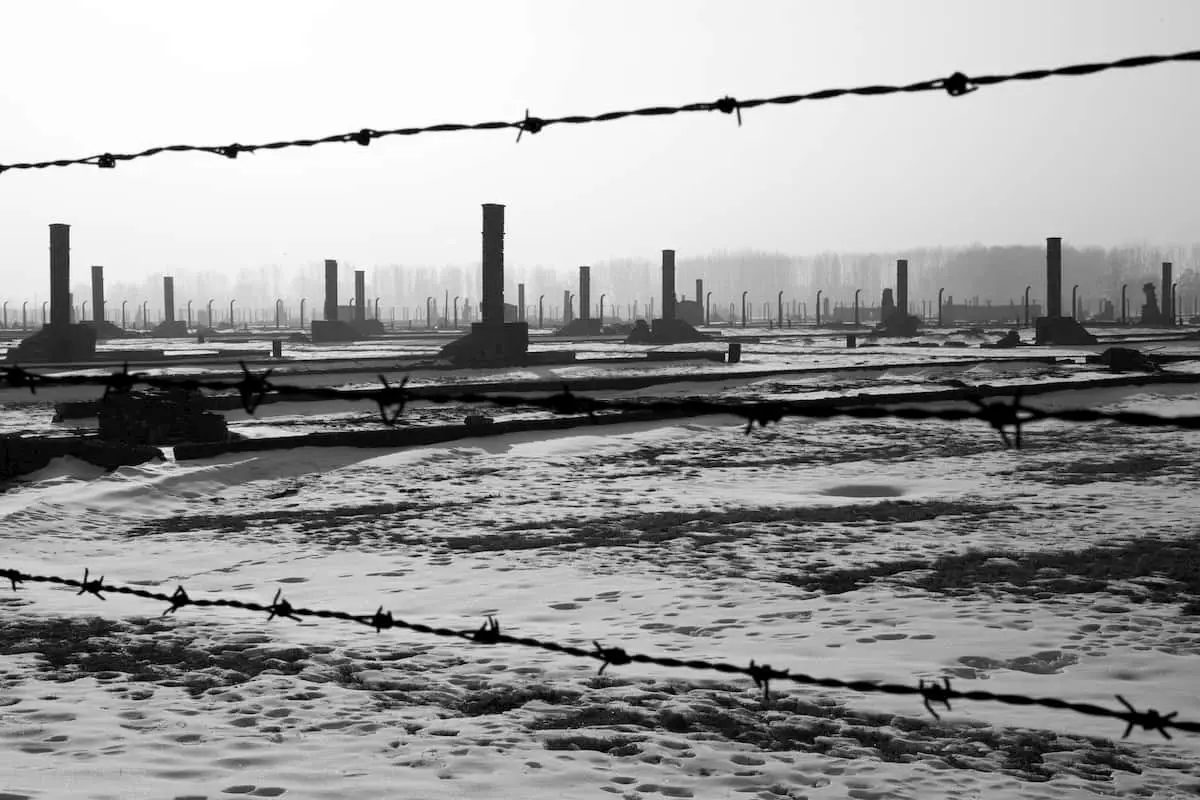
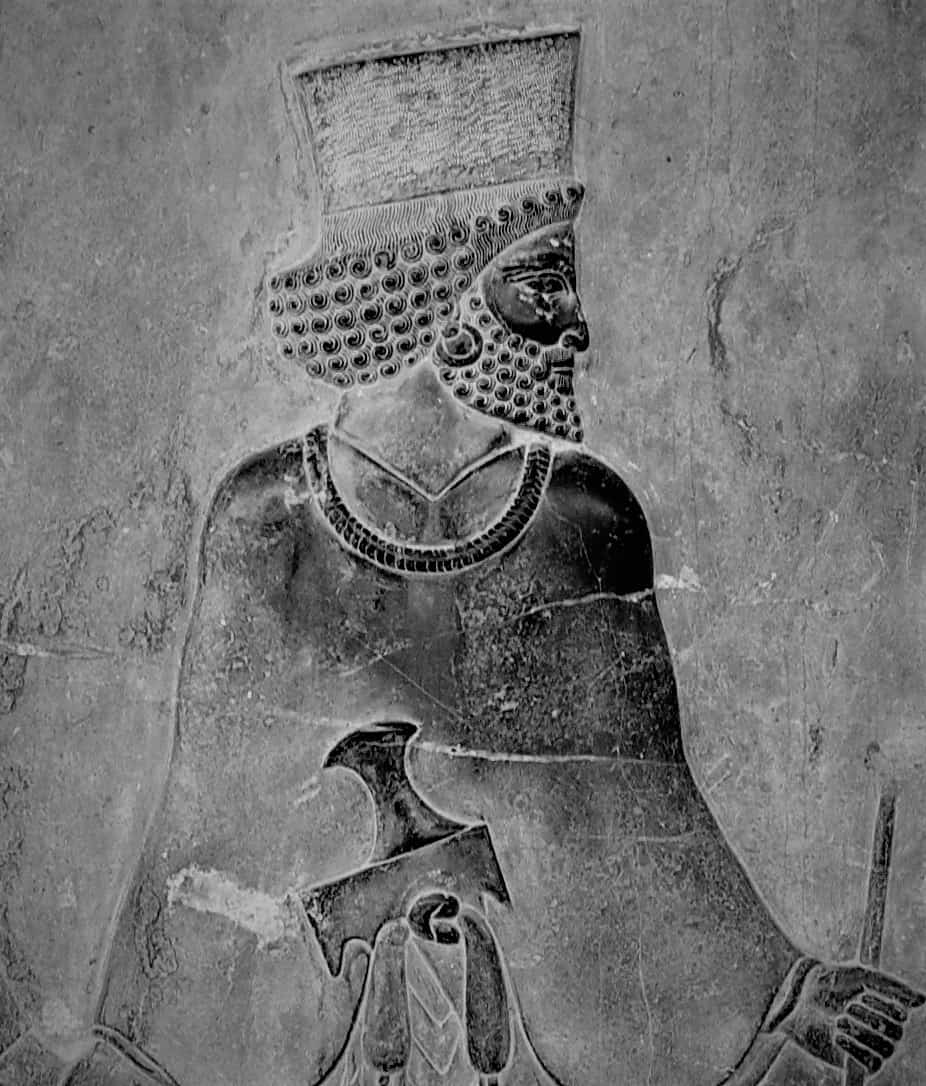 The biggest empire ever.
The biggest empire ever.